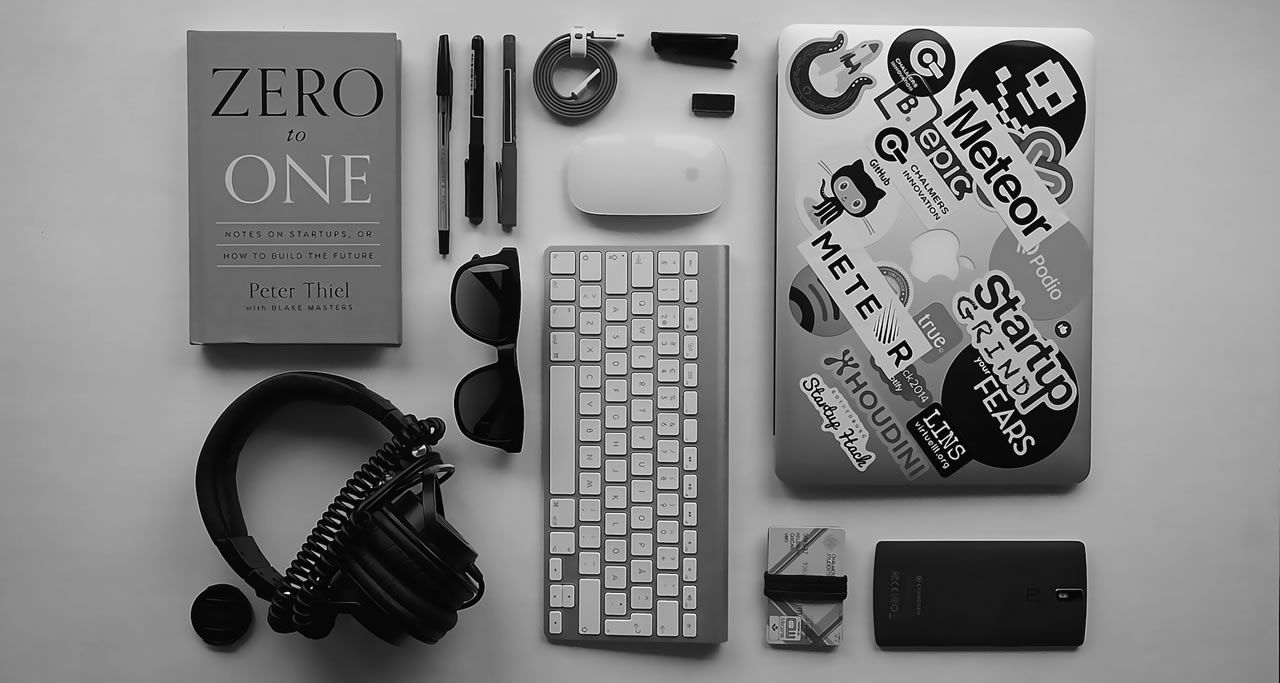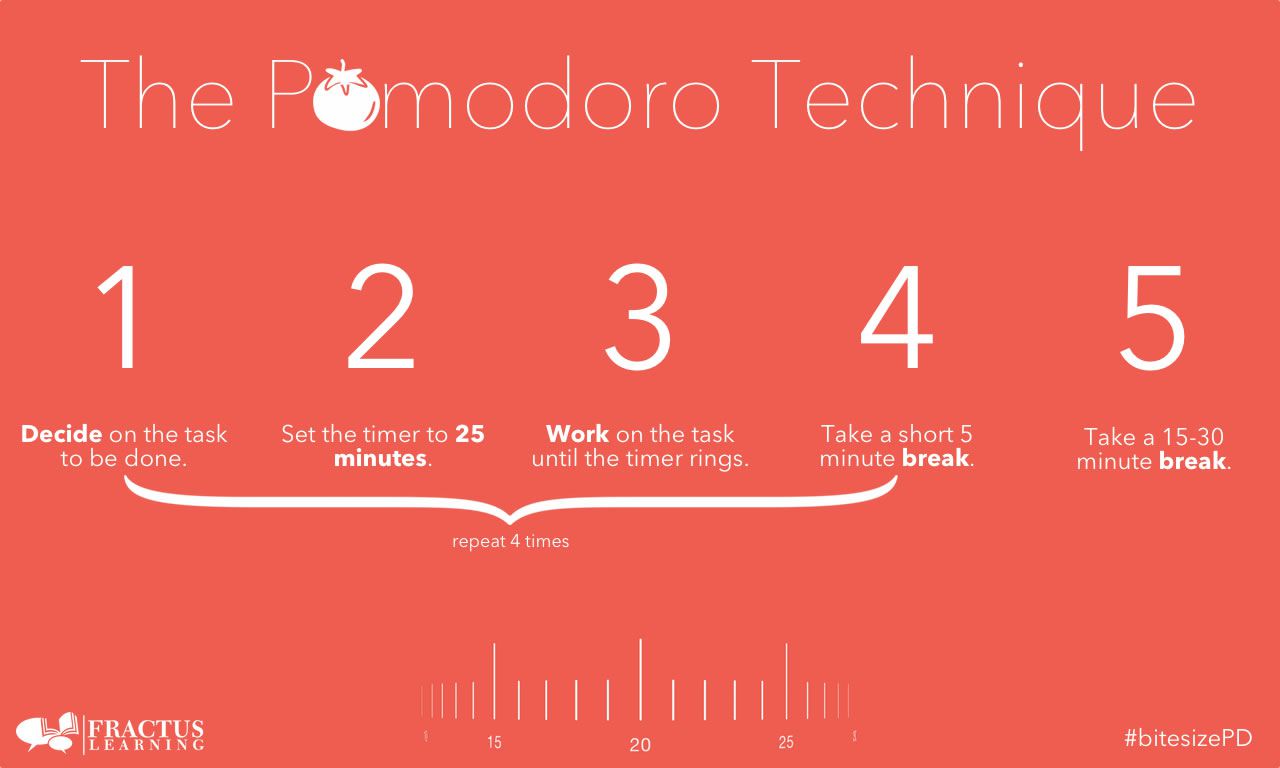Tips for Increasing Your Creative Output
As a creative, no matter how expert you are at your craft, there will be times when you’re not producing as much as you could – and you know it. Our lives are filled with millions of distractions these days and it’s easy to get into the habit of following inefficient processes that make it hard to be productive.
And, ironically enough, our best tool is the same thing that creates the biggest obstacle to our creative flow: the computer.
As designers, we have to spend hours in front of screens, but studies show it’s not great for our health and overall wellbeing. After a number of sleepless nights, a bout of carpal tunnel, and frequent migraines, I decided to see if there was a way to fulfill my desire to create – but with more time spent away from the screen.
So here’s what I found. These research-backed steps will help you create the structure you need to produce far more creative work in less time – and feel amazing doing it.
The Freelance Designer Toolbox
Unlimited Downloads: 500,000+ Web Templates, Icon Sets, Themes & Design Assets
Make the Choice
The first step in fixing any problem is awareness that it’s actually a problem. And the second step? Making the choice to correct it. Deciding to spend less time in front of a screen and actually get more done might mean seriously revamping the entire structure of your day – not an easy challenge to face.
You might be addicted to the feeling of busyness that you get from sitting in front of a screen all day. If you’re really committed to more creative output, it’s time to make a change.
Have a Process
As creatives, we tend to work based on our our shifting flows of energy and inspiration. But while this might be a nice, romanticized notion of the creative process, professionals know it’s not the best way to get sh*t done.
Let’s be clear: the difference between a professional and an amateur is process.
Everyone essentially has two brains fighting for control: One that thrives on process, and the other that thrives on distraction. Tim Urban calls them the “rational decision maker” and the “instant gratification monkey” in his TED Talk, “Inside the Mind of Master Procrastinator.”
The instant gratification monkey in your brain will convince you that getting distracted for eight hours on Dribble counts as productivity. Don’t be fooled. Use process to corral that monkey energy into your creative genius.
Mise en Place
I learned the practice of mise en place while working as a chef, and implementing it into my creative process has dramatically increased my output. Before any chef starts to cook, they gather all of the ingredients and tools they will need to prepare the meal around them. By bringing them close, the tools work almost like an extension of their own arm as they cook.

I’ve lost count of the number of times I’ve been immersed in a design, only to have my laptop run out of power – or have a great brainstorm session come to a halt because I ran out of Post-Its.
So prepare like a chef. Take five minutes to set up your workspace before you sit down for your next design session. Think about things like charging your laptop, opening all of the programs you need, sharpening pencils, and placing paper, Post-Its, and other supplies nearby.
Pencils Before Pixels
When it comes to efficiency in design, I believe the pencil is mightier than the pixel. While many designers swear by software to flesh out their ideas, I ideate and prototype using pencil and paper for as long as possible. That’s because no matter how many Photoshop shortcuts you know, you’ll never be able to ideate faster than you can with a simple pencil and paper.
The simpler the tool, the quicker you work – and the more rapidly you can get your ideas down. What’s more, starting work on pencil and paper means you can start showing your ideas to customers as quickly as possible.
Because feedback is such an essential part of design, the sooner (and more frequently) you get it, the better your work will become. Validating your ideas before transitioning to the screen is the best way to ensure your product fits your market – and you keep screen time to a minimum.
Turn Off Distractions
A study done at UC Irvine showed that the average worker is distracted every 11 minutes, and that it takes 25 minutes to return full focus to the original task after an interruption.
From social media notifications flooding our every device, to emails pouring in and the latest and most interesting information just a click away on your favorite (distracting) websites, we are constantly encountering distractions throughout our “productive” workdays. If you are truly committed to living up to your most productive potential, it’s time to turn off the distractions – or at least start asking some very important questions about them.
Start with this process of questioning the various online tools you use on a daily basis: What is it? Why is it useful? How much time do I need to spend on it?
Once you’ve determined exactly what these sites are giving to you – and what they’re taking away – it’s time to make decisions about which ones you can truly shut off during your work day.
If you need a little bit of help cutting out the noise, try RescueTime to see where you’re spending your time, Social Fixer to filter your Facebook newsfeed, or the Kill Newsfeed extension to get rid of it all together.
Timebox
The Pomodoro technique is a research-backed time-boxing tool that has helped thousands of people ensure they’re using their time in the most productive way.

Studies have shown that our attention span dwindles around the 40 minute mark – yet so many people push and struggle through this natural ebb in focus.
The Pomodoro technique encourages you take a short (emphasis on the short) break every 25 or 50 minutes. The idea is that the break lets you naturally re-energize your brain and body to keep producing great work over a sustained period.
Embrace “Smartcuts”
While taking shortcuts in design can get you into trouble, smartcuts include any tool, method, or resource that helps you design more quickly. Every designer has their own preferred set of smartcuts, which might include app-specific keyboard shortcuts, design patterns and color palettes, icon collections, sketch plugins, and more.
The idea behind a smartcut is that you don’t need to reinvent the wheel when you sit down to design. From utilising existing design patterns to icon libraries, embracing the design sprint methodology to learning keyboard shortcuts, there are so many processes that have been specifically designed to save you time and make your job as a designer easier!
So every time you find yourself doing a repeatable process, stop and see how you can either systemize it yourself to save time, or find an app that already systemizes that for you.
Putting it all into Action
Many creatives resist the idea of systems and structure, claiming that these “left-brained” tools will impinge on their intuitive flow and freedom. But the truth is, we need these structures to allow the freedom and flow to happen within them. All of these tools set the stage for our most creative energies to pour forth in their fullest expression.
Keep in mind that you can always take what works and leave what doesn’t – one method isn’t meant to work for everyone, and creatives in particular need to find their best fit. But whichever strategies you decide to try, they’ll help you reclaim your creative energy and harness it into producing your best work.
:) Hit link to watching video...! https://ift.tt/2v1MHUO
Contributer : 1stWebDesigner
 Reviewed by mimisabreena
on
Monday, September 03, 2018
Rating:
Reviewed by mimisabreena
on
Monday, September 03, 2018
Rating:

















No comments:
Post a Comment